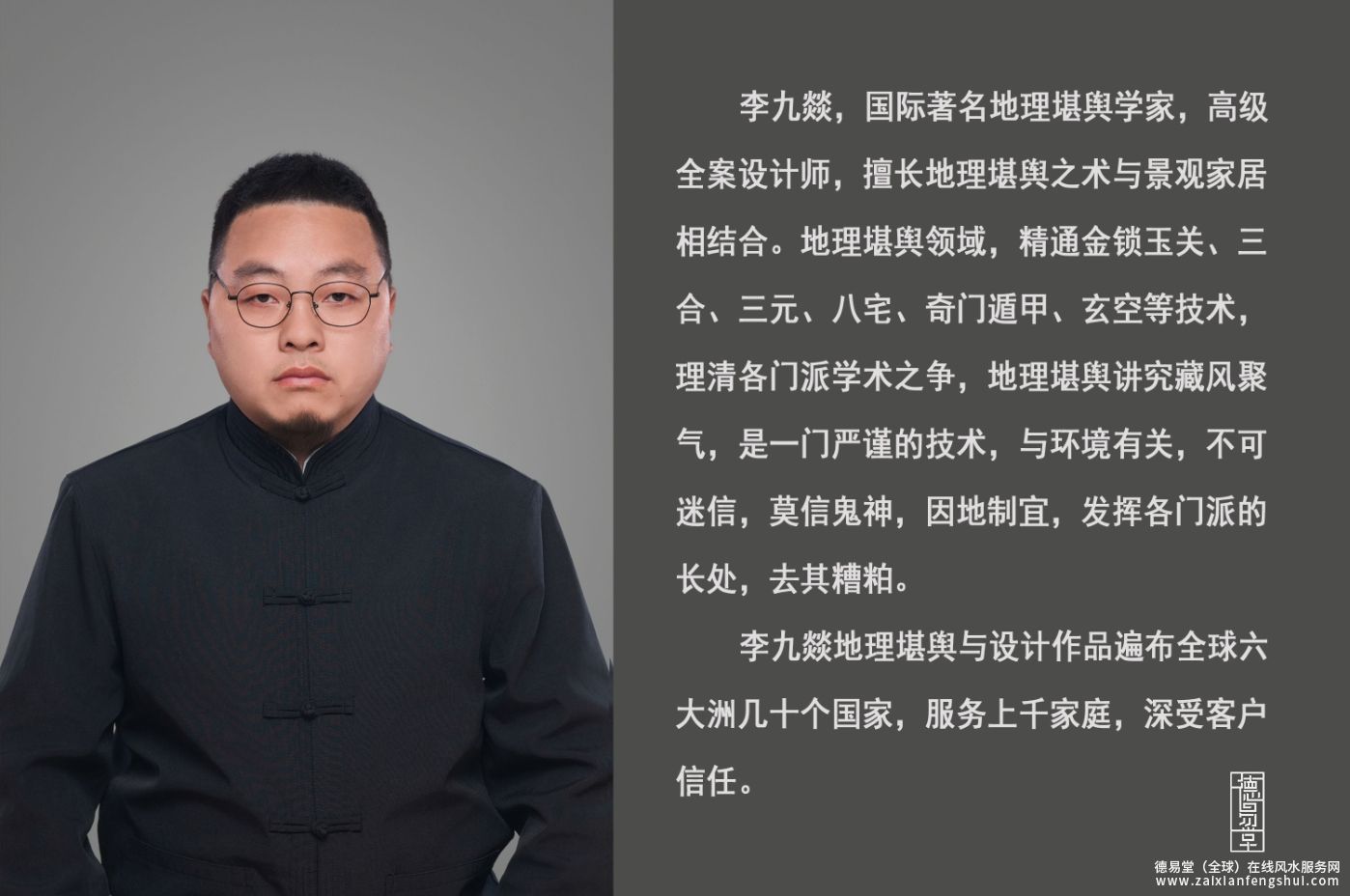
在风水地理学的浩瀚海洋中,定穴水法一直是众多学者和实践者探讨的焦点,这些方法真真假假,如何恰当运用需要深入研究和丰富实践。今天德易堂首席风水大师李九燚是借鉴命理学中的长生十二宫理论来解读水法,这种方法在风水界被称为宗庙水法或洪范五行水法,当然这种方法并非万能,有时甚至可能产生误导。
In the vast ocean of feng shui geography, the method of determining acupoints for water has always been the focus of exploration by many scholars and practitioners. The authenticity of these methods requires in-depth research and rich practice on how to properly apply them. Today, Li Jiuyi, the chief feng shui master of the Deyi Hall, borrowed the theory of the Twelve Palaces of Eternal Life from numerology to interpret water methods. This method is known as the Zongmiao Water Method or the Hongfan Five Elements Water Method in the feng shui world, but of course, this method is not omnipotent and may sometimes even be misleading.
相对而言,采用正五行之法来探寻阴宅的气运走势更加稳妥。这种方法更为直接且精准,能够更好地反映出一个地方的真实气场。在风水实践中,逆水来朝往往被视为吉利的征兆,但如果内堂出现泄气的情况,那么这种吉兆可能会转化为凶兆,需要我们格外小心。
Relatively speaking, using the method of the positive five elements to explore the qi flow trend of the Yin Mansion is more stable. This method is more direct and accurate, and can better reflect the true atmosphere of a place. In feng shui practice, going against the current to court is often seen as an auspicious sign, but if there is a deflated situation in the inner hall, this auspicious sign may turn into an ominous one, and we need to be extra careful.
在实施翻身作穴时,我们经常会遇到正穴周围并无天然的龙虎守护的情况。德易堂首席风水大师李九燚提醒,我们就需要巧妙地借助周边的环境,创造出一处回头护托,以确保穴场的气场稳定,水法虽然重要,但并非唯一的选择。在风水实践中,我们应该灵活运用各种方法,才能更准确地找到正穴。
When implementing the practice of turning over to create a acupoint, we often encounter situations where there is no natural dragon or tiger guarding around the main acupoint. Li Jiuyi, the chief feng shui master of De Yi Tang, reminds us that we need to cleverly utilize the surrounding environment to create a turning back support to ensure the stability of the acupoint field's aura. Although water method is important, it is not the only choice. In feng shui practice, we should flexibly apply various methods to more accurately find the correct acupoint.
